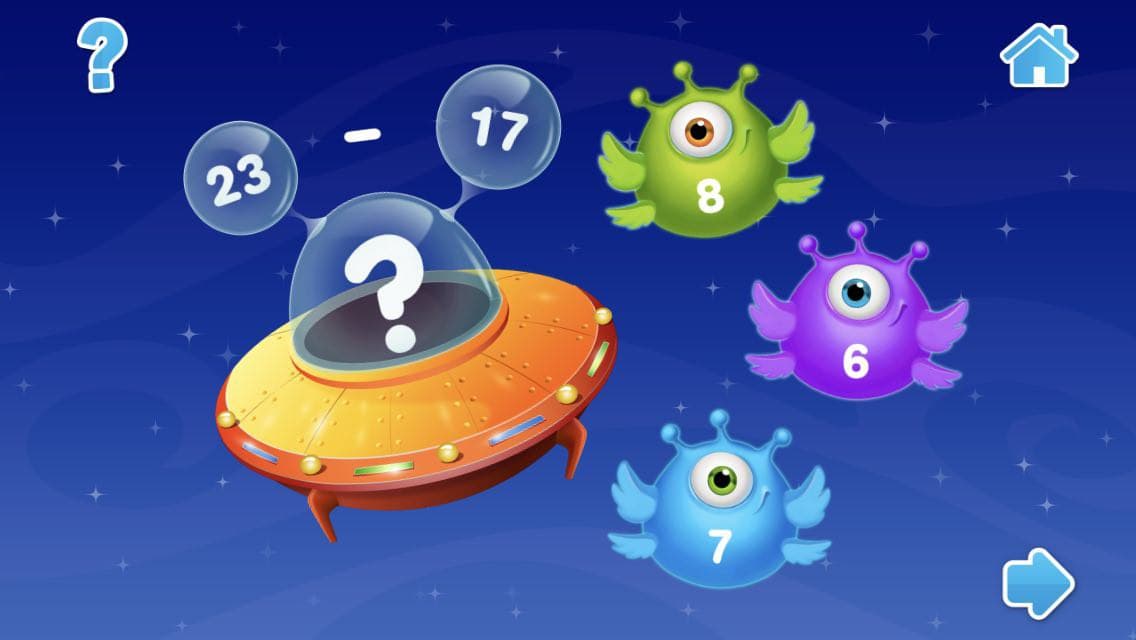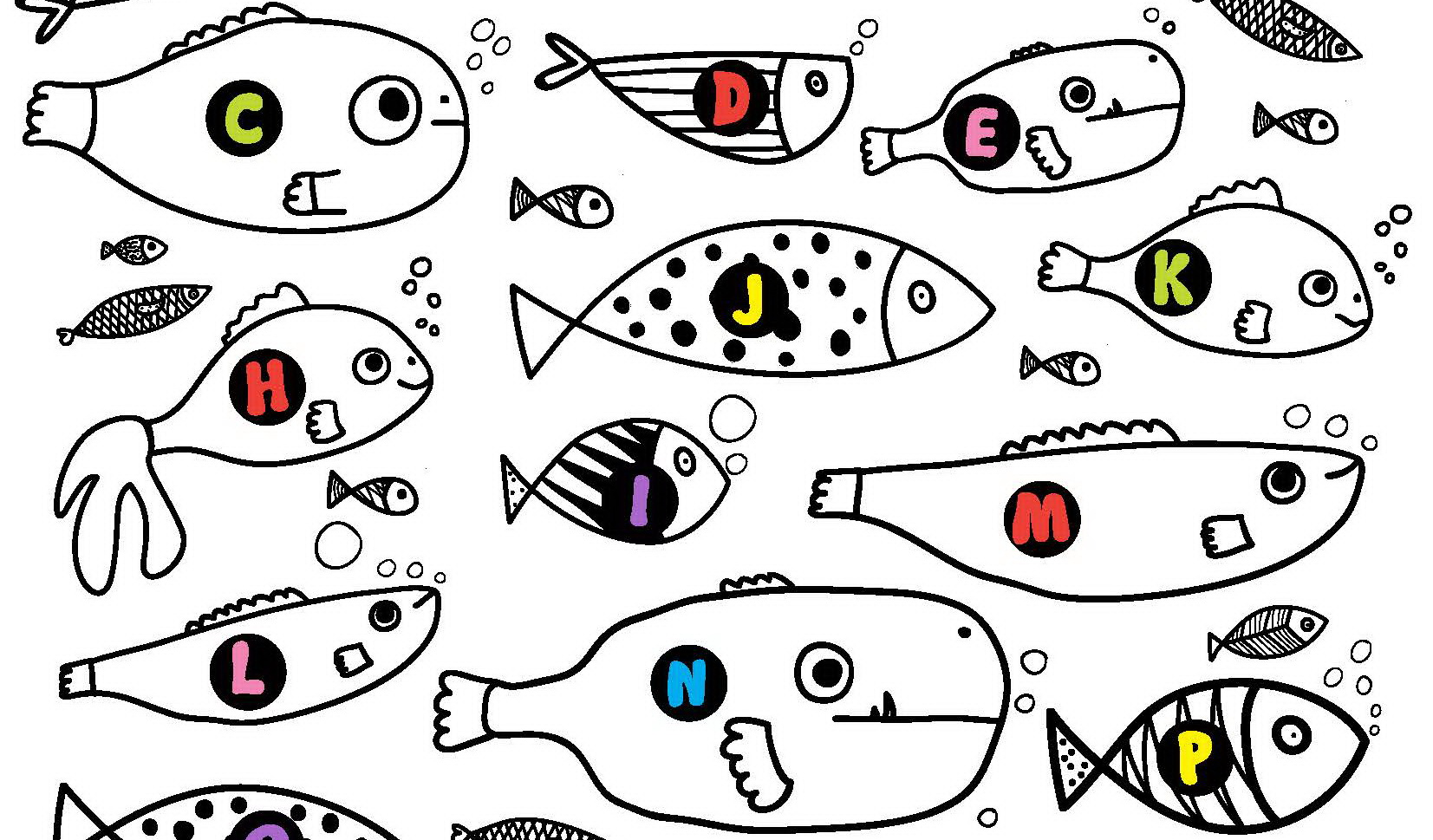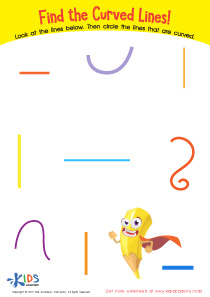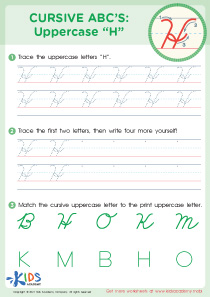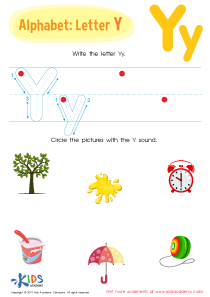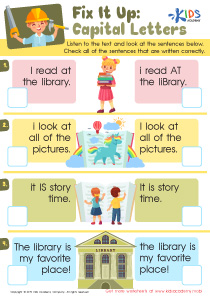Letter-sound association Tracing Letters Worksheets for Ages 3-8
5 filtered results
-
From - To
Unlock the world of early literacy with our "Letter-sound Association Tracing Letters Worksheets for Ages 3-8." Designed specifically for young learners, these engaging and educational worksheets help children connect letters with their corresponding sounds through fun, interactive tracing activities. Perfect for preschool and elementary school students, these valuable resources strengthen foundational reading and writing skills, enhancing letter recognition and phonemic awareness. Our worksheets offer a playful approach to mastering the alphabet, ensuring that every child develops a lifelong love for learning. Trust Kids Academy to support your little one's literacy journey, making education enjoyable and effective.


Letters J and K Tracing Worksheet


Letter N and C Tracing Worksheet
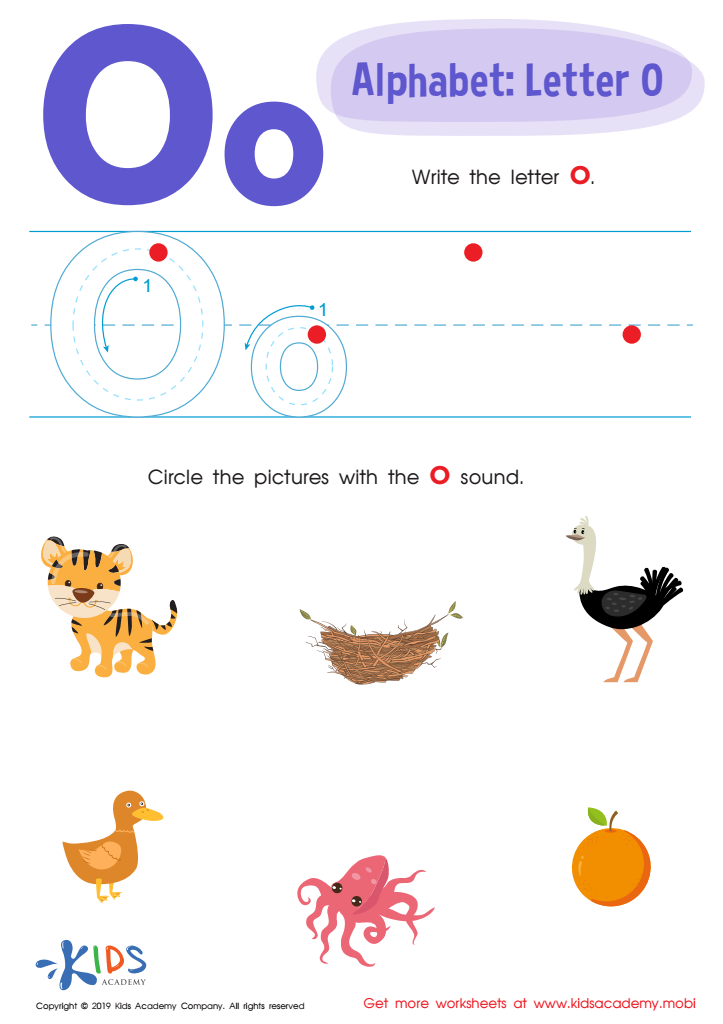

Letter O Tracing Worksheet
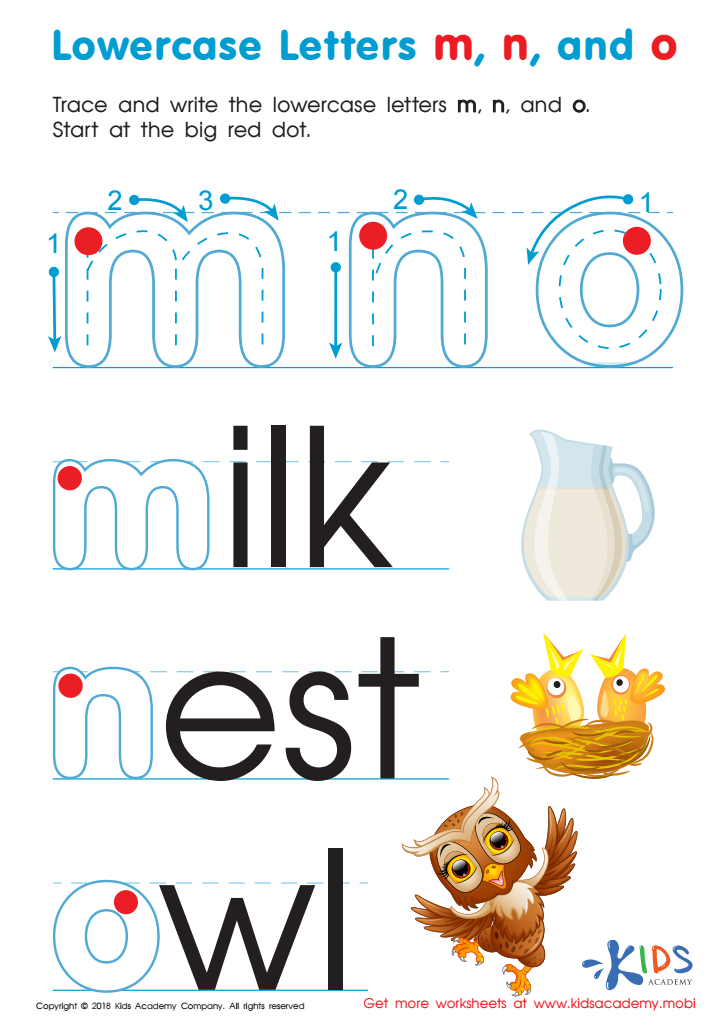

Lowercase Letters m n o Worksheet
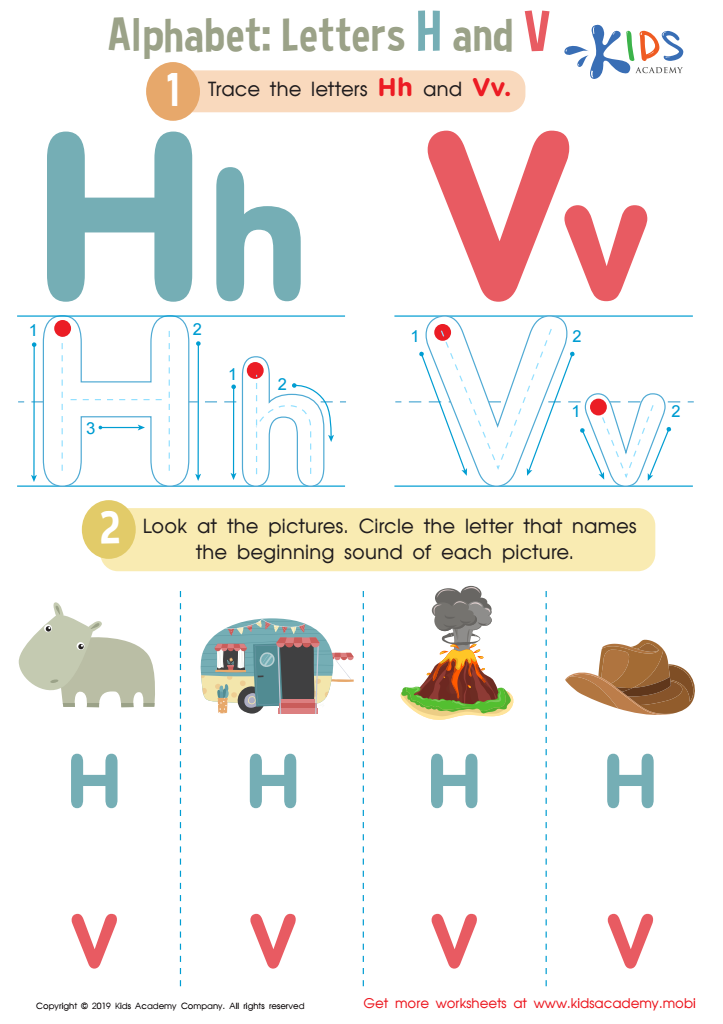

Letters H and V Tracing Worksheet
Parents and teachers should prioritize letter-sound association and tracing letters for children ages 3-8 due to its crucial role in developing foundational literacy skills. At this developmental stage, young minds are highly receptive to learning language and concepts of printed text. Understanding letter-sound relationships enables children to decode words in reading and construct words in writing, bridging the gap between spoken language and text. Tracing letters enhances fine motor skills and reinforces memorization of letter shapes, which is essential for writing fluency.
Early mastery of these skills can lead to improved reading comprehension, spelling, and overall academic success. Children who grasp the connection between letters and sounds can phonetically decode unfamiliar words, fostering independent reading and boosting confidence. Structure and repetition provided by tracing activities also benefit early learners by offering a multi-sensory approach—visual, auditory, and kinesthetic—that strengthens neural connections.
Incorporating these activities at an early age creates a strong educational foundation, promotes positive attitudes towards learning, and lays the groundwork for more advanced literacy skills. Consequently, investing time in letter-sound association and tracing can have a lifelong impact on a child’s academic journey, helping them navigate more easily from early vocabulary building to proficient reading and writing.

 Assign to My Students
Assign to My Students






